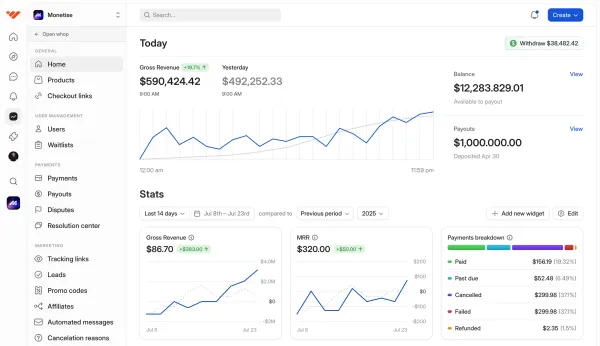User-generated content (UGC) is authentic content created by real customers, and it can dramatically boost your sales. Learn how UGC builds trust, increases conversions, and how to use it effectively in your marketing strategy.
Key takeaways
- UGC costs significantly less than traditional ads, averaging $1 per 1,000 views versus $25.
- 77% of shoppers are more likely to buy products they discovered through user-generated content.
- 98% of consumers say reviews matter when buying, and 45% won't purchase without them.
- UGC creators focus on authentic experiences while influencers create polished paid campaigns.
- 85% of people find UGC more influential than brand-created content according to research.
User-generated content (UGC) is changing how brands grow online. Instead of relying on polished ads, businesses are turning to real customers to create authentic content that builds trust and drives sales. UGC helps brands scale marketing without big budgets, and it’s fast becoming one of the most effective ways to stand out online.
In this guide, we’ll cover what UGC is, the different types of content you can collect, and how to use it strategically to boost your reach and revenue.
What is UGC (user-generated content)?
User-generated content (UGC) is any content - photos, videos, reviews, or posts - created by real customers instead of brands. It’s one of the most effective forms of marketing because it builds trust, increases conversions, and helps businesses sell more without spending heavily on production or ads.
Brands use UGC across social media, websites, and ads to show authentic experiences from real users. This makes products feel more credible and relatable, which is why UGC-driven campaigns often outperform traditional branded content.
According to EnTribe, 77% of shoppers are more likely to buy a product they discovered through UGC.
That’s huge, because it shows that UGC is incredibly effective while also being easy on your resources.
Brands need content daily, and UGC offers a cheaper, more authentic way to meet that demand.
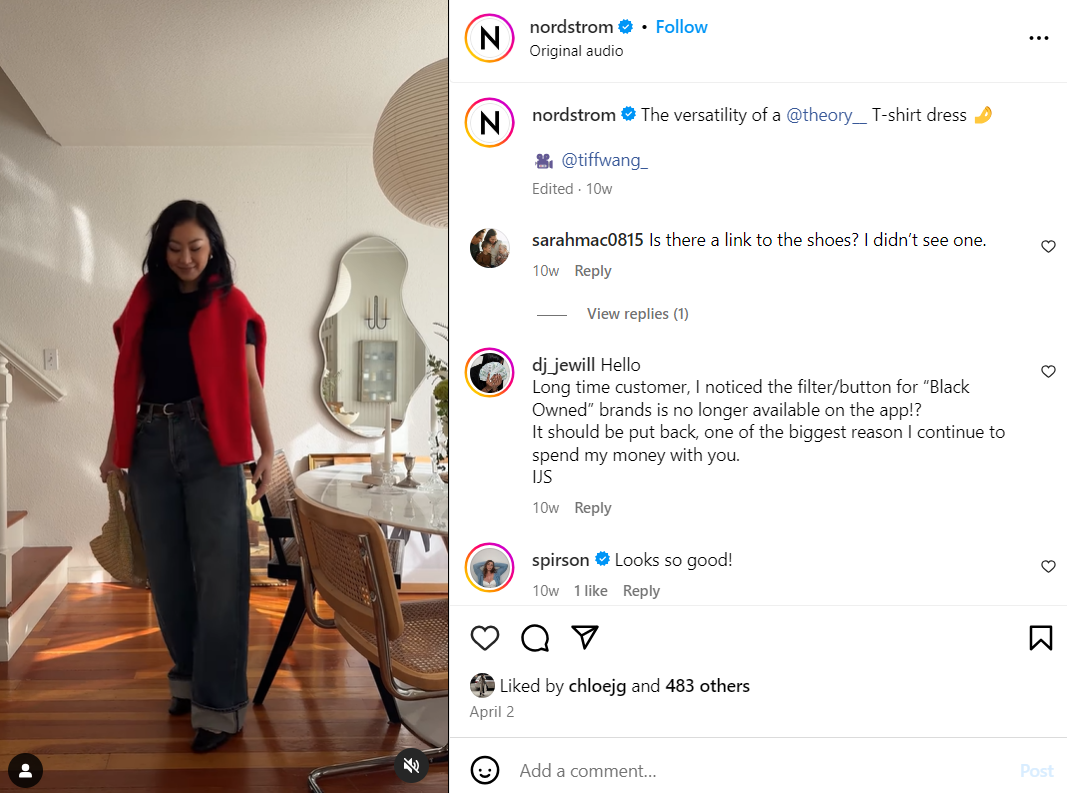
It’s the most scalable way for brands to showcase products authentically.
What is a UGC creator?
A UGC creator produces content documenting their real experience with your product or brand.
UGC creators vs. influencers:
UGC creators focus on sharing authentic, unscripted experiences. Often, they’ll submit their content to brands directly for use on social media, email marketing, or websites.
Many UGC creators prefer to remain faceless if your products allow it. After all, their goal is to showcase your products, not build an audience.
Newer UGC creators will often also work for free, and the product that you send them for content creation will do as compensation.
On the other hand, Influencers often participate in polished, paid campaigns that are crafted to drive conversions.
Both can drive sales, but UGC feels…more personal, and real.
Thanks to the rise of the creator economy, many UGC creators now get paid to produce branded content, even if they don’t have large followings.
It’s even possible to structure UGC creator payments so they get paid based purely on performance — no views, no cash, and no risk.
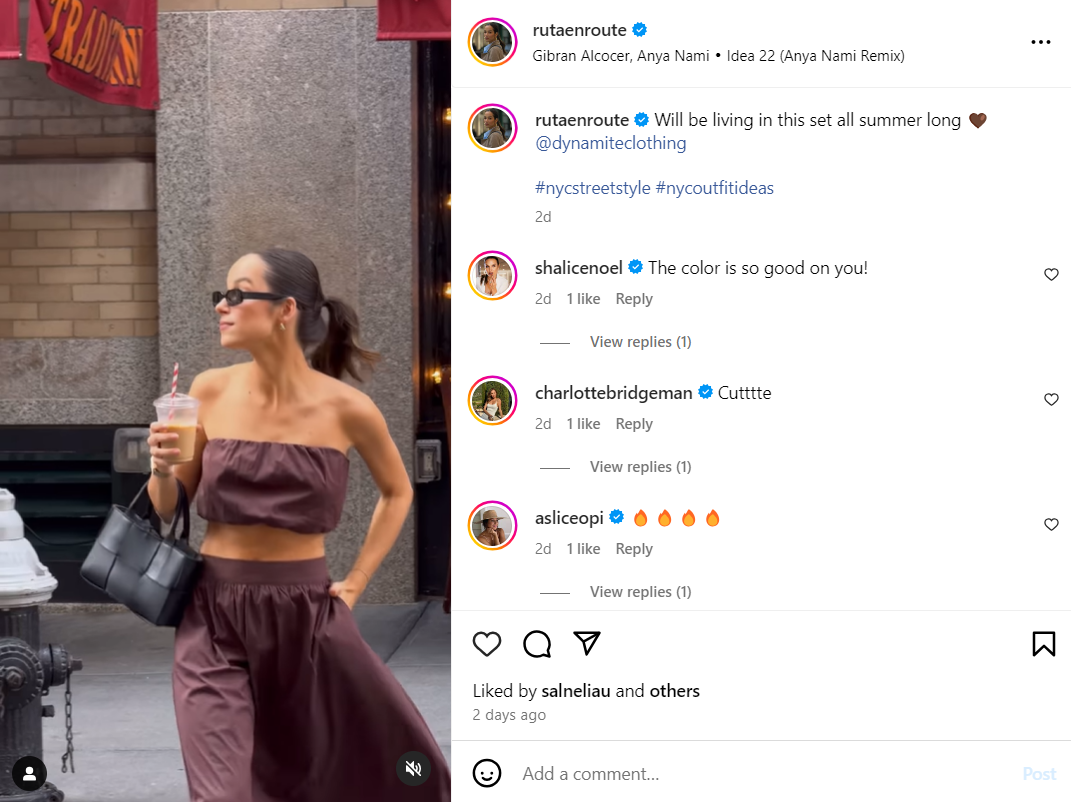
6 different types of UGC
UGC falls into two categories: organic or paid, and both have their place in a strong content strategy.
Organic UGC happens naturally, but it’s hard to scale. That’s where paid UGC comes in, and we’ll show you how in a sec.
New platforms like Whop Content Rewards make it easier (and way cheaper) to source high-quality UGC from creators who genuinely love your brand.
Here’s what you need to know:
Organic UGC
Organic UGC is unpaid content made by real customers.
Unprompted, unedited, and shared publicly on social media, it’s powerful social proof that shows people genuinely love your brand.
And we’ve got to underline that word: they love your brand.
Unhappy customers often post negative reviews, we know this.
But it’s the happiest of customers who make glowing videos or take beautiful photos of your products or premises and throw it on their own profiles.
It boosts awareness and trust, because it’s authentic and completely relatable.
Reviews and testimonials
Reviews and testimonials are key drivers of social proof, giving potential buyers confidence in their decisions.
And yes, they are essential in most customers’ purchase process.
Why? Well, 98% of shoppers say reviews matter when buying, and 45% won’t even buy without them.
If you’re selling digital products, reviews are especially convincing. Past customers can show how easy they were to use and back up their value.
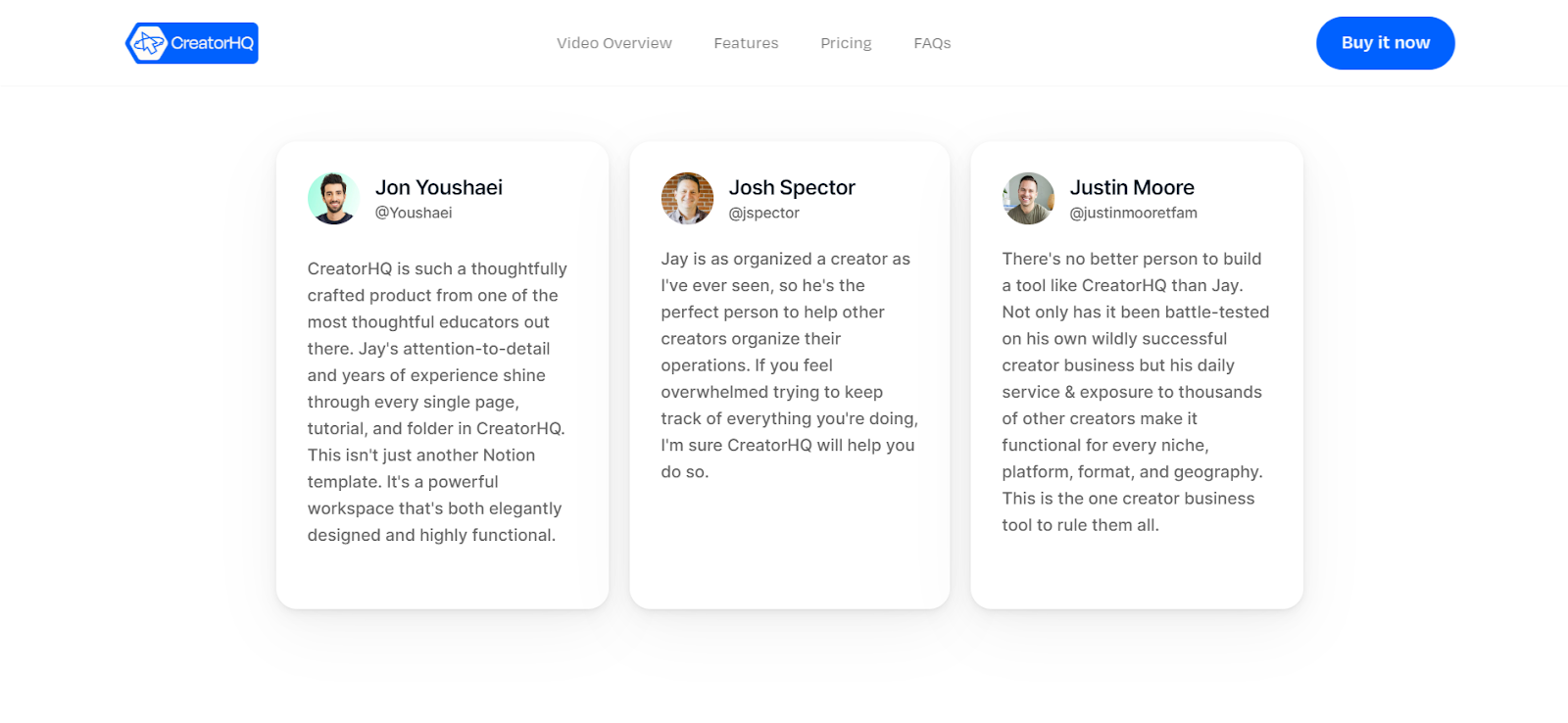
For example: Creator HQ uses testimonials on its homepage to build trust with new customers.
Videos
We all know video is the king of content, especially in marketing: 82% of consumers say they've been convinced to buy a product or service after watching a video.
Wait, say that again? 82% of consumers were convinced by a video!
That stat alone says that video content is very much worth investing in.
The most popular place for video UGC is YouTube, where creators can share their genuine opinions in detail without rushing.
These longer, more in-depth videos provide potential customers with all the necessary information, reducing hesitation before purchasing.
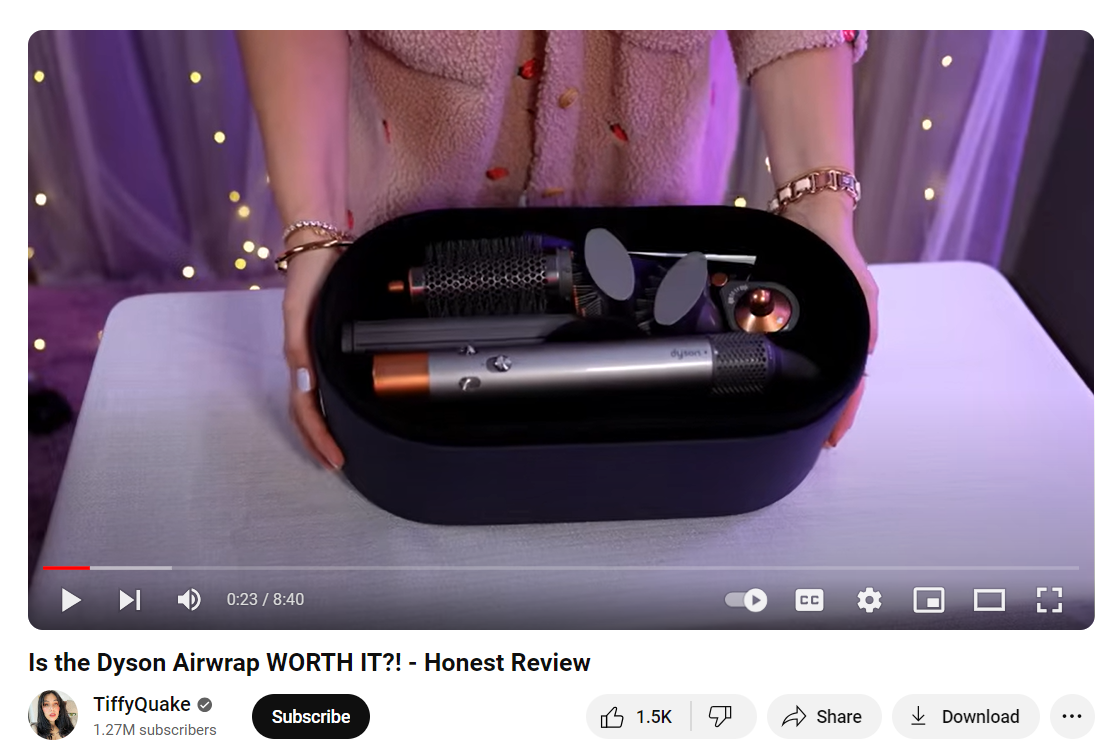
And it’s not just for physical products: video also plays a key role in promoting digital products.
Customers looking to purchase a digital product often seek honest video reviews that offer insight into the product's features and benefits.
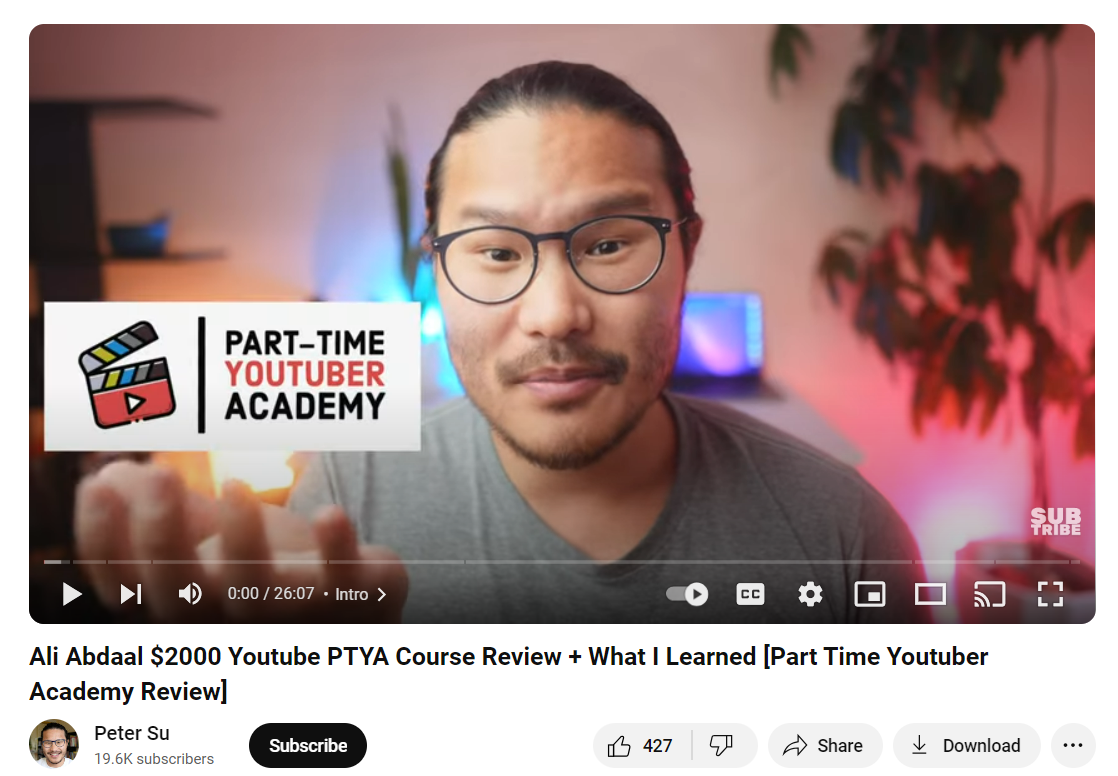
Photos
Photos are another popular type of organic user-generated content.
As a brand, you can create specific hashtags and ask customers to use them when posting content on their social media channels.
That then allows you to repurpose the content later.
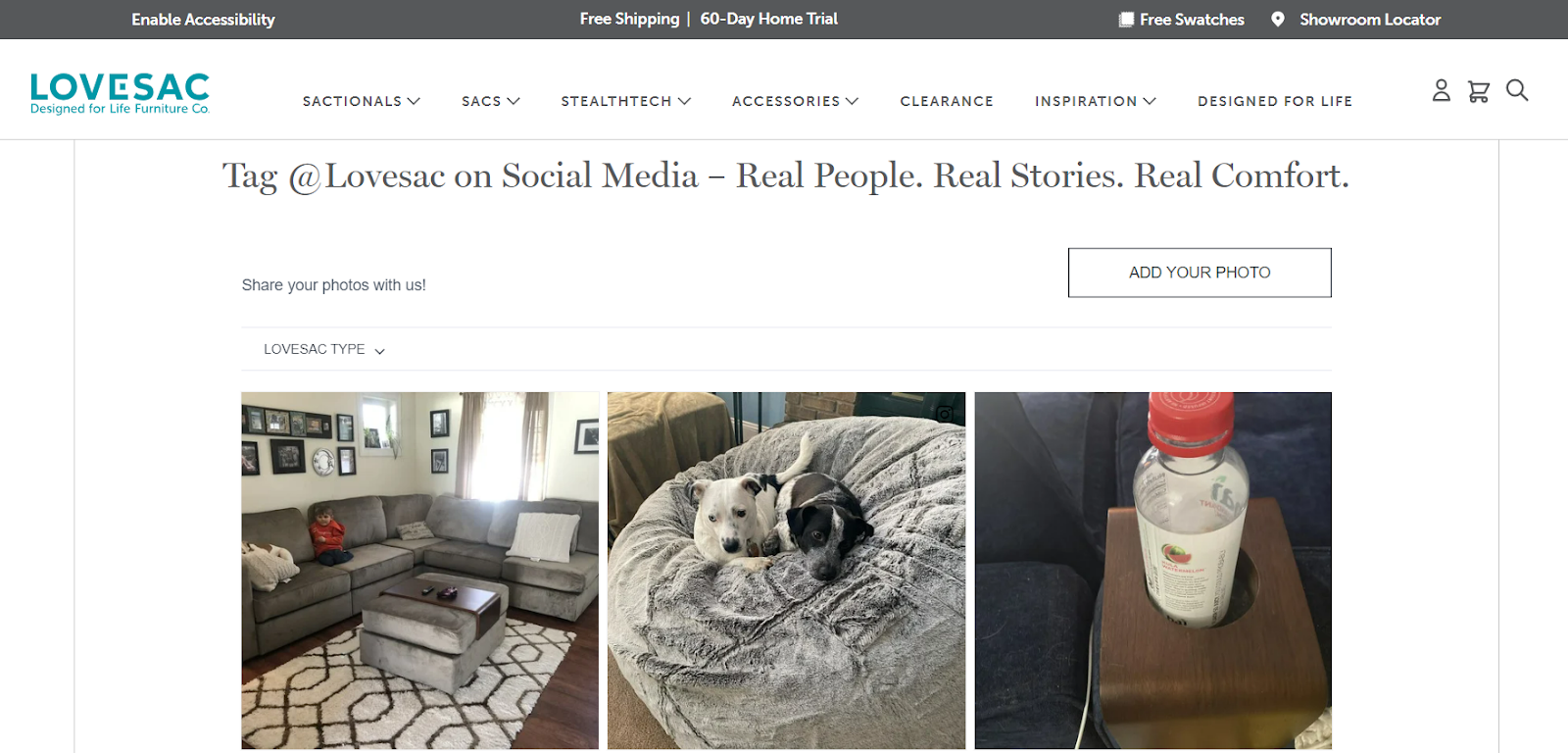
Here, Lovesac has created a customer gallery on its website where customers can add photos of their products, building a UGC showcase.
Social media posts
One of the biggest challenges is getting customers to post organic UGC more frequently.
After all, there’s no paid incentive, so why should they?
Drunk Elephant created the hashtag #barewithus to encourage customers to share their photos on social media and get featured on the official Drunk Elephant account.
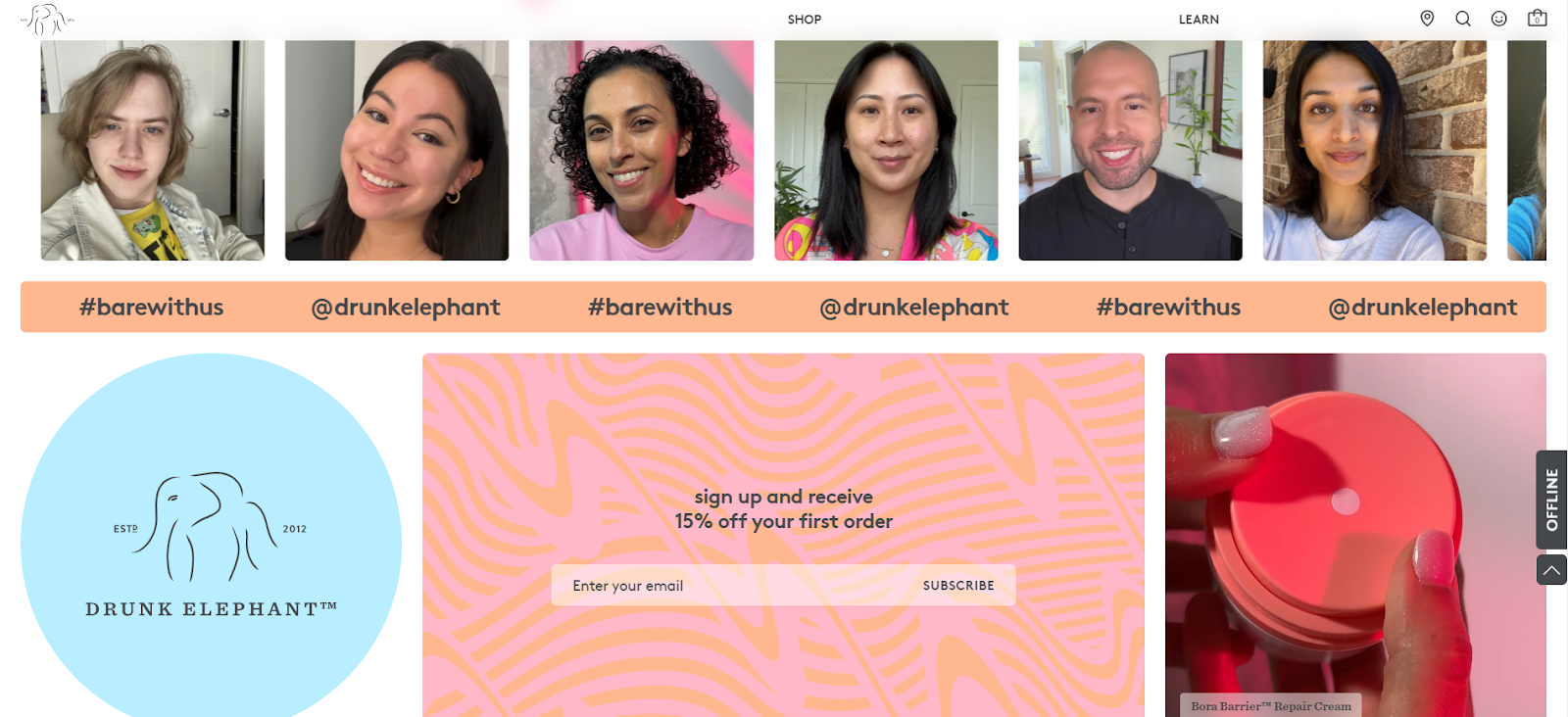
The brand later uses UGC photos and videos to show authentic experiences and honest reviews from its customer base.
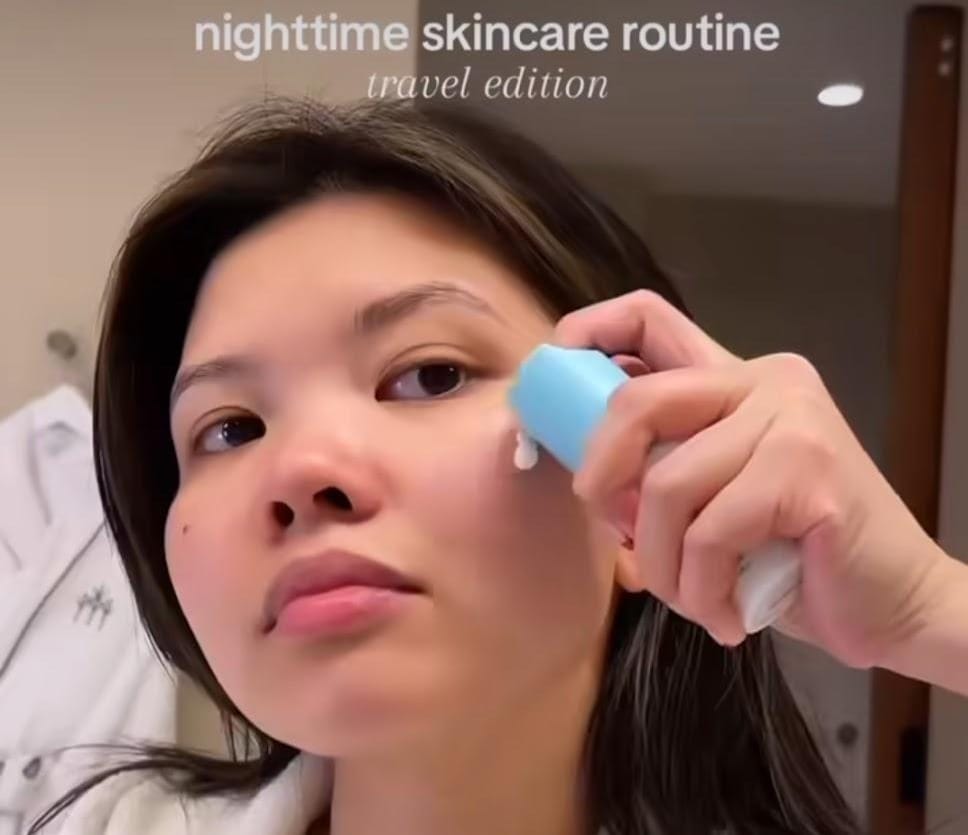
While organic UGC is valuable for its authenticity, it’s not something you can reliably scale.
It happens when a customer is excited enough to post about your product independently.
While you can encourage it (i.e via branded hashtags, giveaways, or customer experience), you can’t force it — and if you try, your customers will know.
So, what about when you need to amplify reach or gain control of messaging?
That's where paid UGC really shines.
Paid UGC
Paid UGC is designed to boost sales, focusing on actions like conversions, sign-ups, and downloads.
To track success, brands measure metrics like website clicks, conversions, and app downloads.
Generally, paid UGC takes several forms:
Content rewards
Content rewards has completely transformed paid UGC, offering a much cheaper and more effective alternative to traditional ad campaigns.
Instead of spending big upfront on ads, you pay creators on a per-view basis, which means you’re only paying for actual engagement.
On average, Content Rewards campaigns pay out $1 per 1,000 views.
Compare that to the $25 per 1,000 views you’d pay on Facebook or Instagram ads, and I think you get the idea.
It’s the smarter way to grow your brand and engage with real people, for a fraction of the cost.
Influencer marketing
Influencer marketing is when brands pay creators to promote a product or service to their audience.
Once upon a time (sure, grandma), this was just a free exchange of products for promotion. But now, influencer marketing is a full-fledged industry, with influencers entering complex contracts and financial agreements with brands.
It’s worth noting that FTC guidelines mandate that influencers disclose material partnerships.
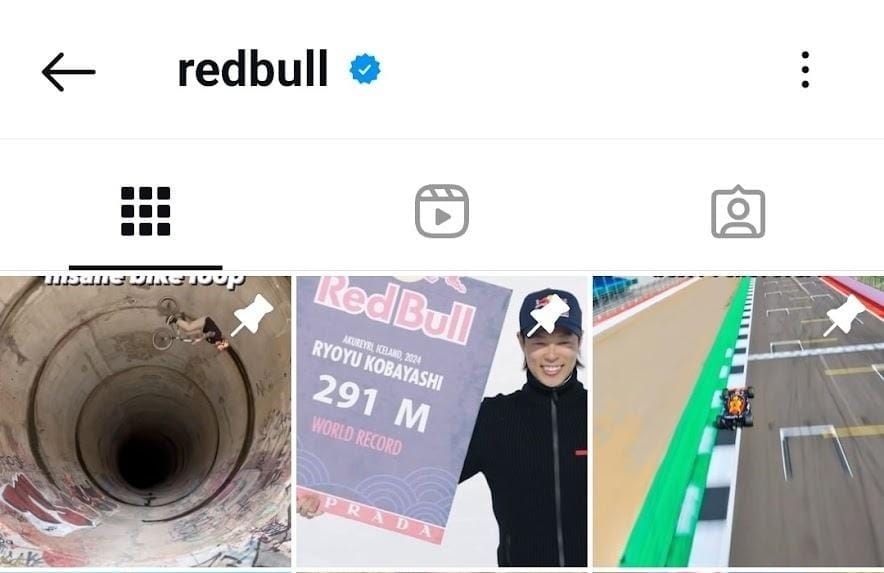
Big names like RedBull regularly collaborate with influencers to target their audience effectively.
Affiliate marketing
Affiliate marketing has exploded recently because it’s a win-win for brands and creators.
Creators promote products they genuinely like and believe in, earning a commission for every sale made through their unique affiliate links.
Brands then get their products in front of engaged audiences without worrying about upfront costs or managing ad campaigns.
Why does it work? Simple: trust.
Creators have built strong relationships with their followers, and when they recommend a product, it feels more authentic than a traditional ad.
Affiliate marketing has even become popular among dropshipping store owners, who share their knowledge on YouTube and give viewers discount codes for opening their own stores.
AC Hampton is a famous YouTuber who educates others on starting their dropshipping business. He partnered with Shopify to offer subscribers a 3-day free trial.
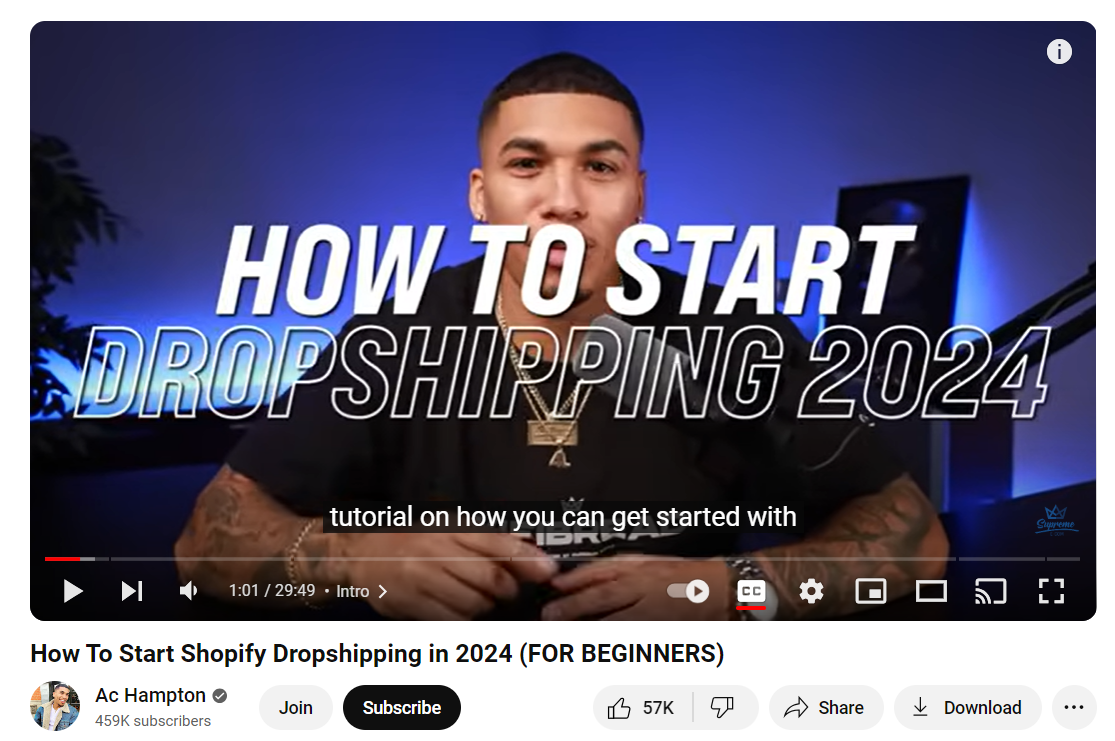
How valuable is UGC for brands and businesses?
UGC is very valuable for brands trying to navigate their marketing. Here’s why:
- It builds authenticity: Forget polished ads – According to Adweek, 85% of people say UGC is more influential than content made by brands directly. When real people show love for your brand, it feels far more trustworthy.
- Engagement is higher: People vibe with real content. UGC feels far more like a conversation than a broadcast.
“Brand-only content can feel like a broadcasted message instead of a conversation. User-generated content, whether through seeding or being a customer/user, feels more engaging than a faceless product.”
- Cody Wittick
- It saves time (and cash): Creating polished branded content takes time and money. But UGC is way easier and cheaper. Consumers like seeing it, too: data from Accenture shows that 59% of consumers say UGC is just as entertaining as traditional media. Win-win.
- Serves as social proof: Organic UGC is basically free advertising. It’s the modern-day version of “word of mouth” but on a much larger scale.
“People buy from people. Being able to have influencers that people respect or just hearing someone’s true feelings towards your product can help efforts across organic social, e-mail, paid media via whitelisting, and more.”
- Kendall Dickieson
- Builds trust: People trust UGC way more than traditional ads. According to TheDrum, 86% of consumers say they’re more likely to trust a brand that publishes user-generated content, compared to just 12% who trust influencer-pushed products.
How to successfully run a UGC campaign in 10 steps
User-generated content works best when it doesn’t feel like a brand ad. People want real, not rehearsed.
Here are 10 steps to help you plan, manage, and execute a successful UGC campaign.
1. Know your 'why'
Start with a goal. Is this about brand awareness? Driving sales? Community hype? Your ‘why’ shapes everything, from who you work with to what content you're having made.
Ask yourself:
- Who’s the right creator fit?
- What does our audience care about?
- What content actually gets them to stop scrolling?
This step is crucial for setting the right foundation and ensuring you have a successful UGC campaign.
2. Choose platforms
One key question: where’s your audience hanging out?
For most brands, it’s TikTok, Instagram, or both.
TikTok’s algorithm rewards creative UGC like crazy, while Instagram’s built-in shopping and tagging tools are made for social proof.
Whether you choose Instagram, TikTok, YouTube, or a combination of platforms, ensure they align with your audience demographics and campaign goals.
3. Prepare content
Once you define your goals and select platforms, it’s time for the fun part!
Dig through what your community has already posted; there’s probably organic UGC gold there.
For paid UGC, give creators loose guidelines and inspo, but don’t micromanage. You want it to be flexible, not forced.
Whether you’re using organic or paid UGC in the form of photos, videos, reviews, or testimonials, make sure you get permission from the creators to post the content on your social media channels and platforms.
Hot tip: This is where Whop's Content Rewards comes in.
All you have to do is create your whop and add a content reward.
Then, set the requirements. You can decide if you want UGC, clips of your existing content, unboxing videos, or anything else.
You’ll also want to set a total budget for your campaign, and dictate the reward rate/CPM (cost-per-mille). Basically, that’s how much you’ll pay creators per 1k views.
Sit back and watch as creators begin sharing your campaign across social platforms!
- Types of UGC jobs
- Best apps to find and hire UGC creators
- Read our full guide to setting up Content Rewards in your whop
4. Use hashtags
Next time you wonder if anyone but boomers uses hashtags anymore, think of the power of #TikTokMadeMeBuyIt.
This is a hashtag that led to 8 million posts, millions of purchases, and billions of dollars in revenue. Yeah.
Even beauty brand Benefit Cosmetics jumped in on the hype, encouraging promotion of UGC under the hashtag.
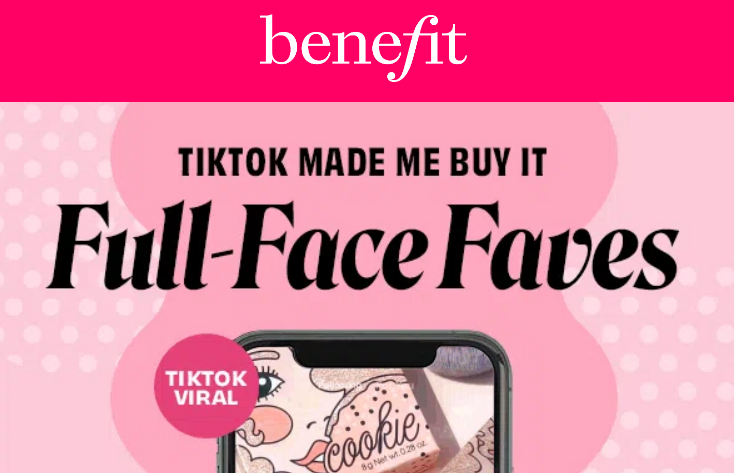
You can also create branded hashtags for your UGC campaign to increase visibility, encourage participation, and organize the content you’ll generate. If you do, consider these tips:
- Make sure it's easy to remember and spell
- Create guidelines for campaign participants
- Ensure the hashtag is relevant to your brand
- Feature the hashtag in your campaign content (visuals, graphics, texts)
- Use the hashtag consistently
- Track the performance of your hashtag
5. Start a trend
UGC doesn’t always happen on its own — sometimes you need to give it a nudge. How? Consider a challenge, product demo, reaction format, or dupe test.
Too Faced started a TikTok trend to promote its foundation for flawless complexion and created the hashtag #TFBornThisWay.
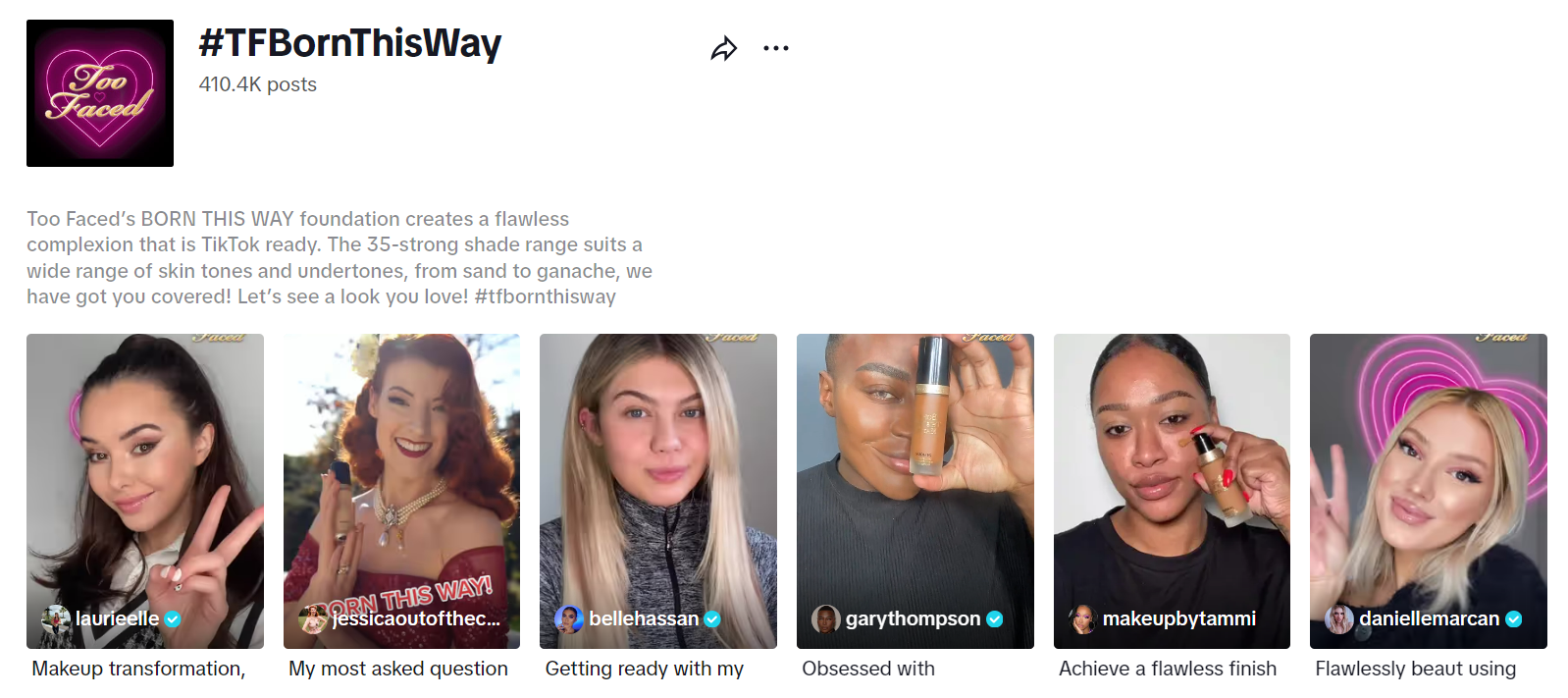
By offering 35 shades that suit a wide range of skin tones and undertones, Too Faced has generated over 400K posts with the branded hashtag.
6. Organize a contest (incentives and rewards)
If you want people to create content, give them a reason. Discounts, shoutouts, giveaways, exclusive access – whatever feels right for your brand.
This is what NYX Professional Makeup did with its #ButterGlossPop challenge, offering participants a chance to win $1200 in makeup.
Did it work? You bet. The hashtag has over 1.7M posts on TikTok.
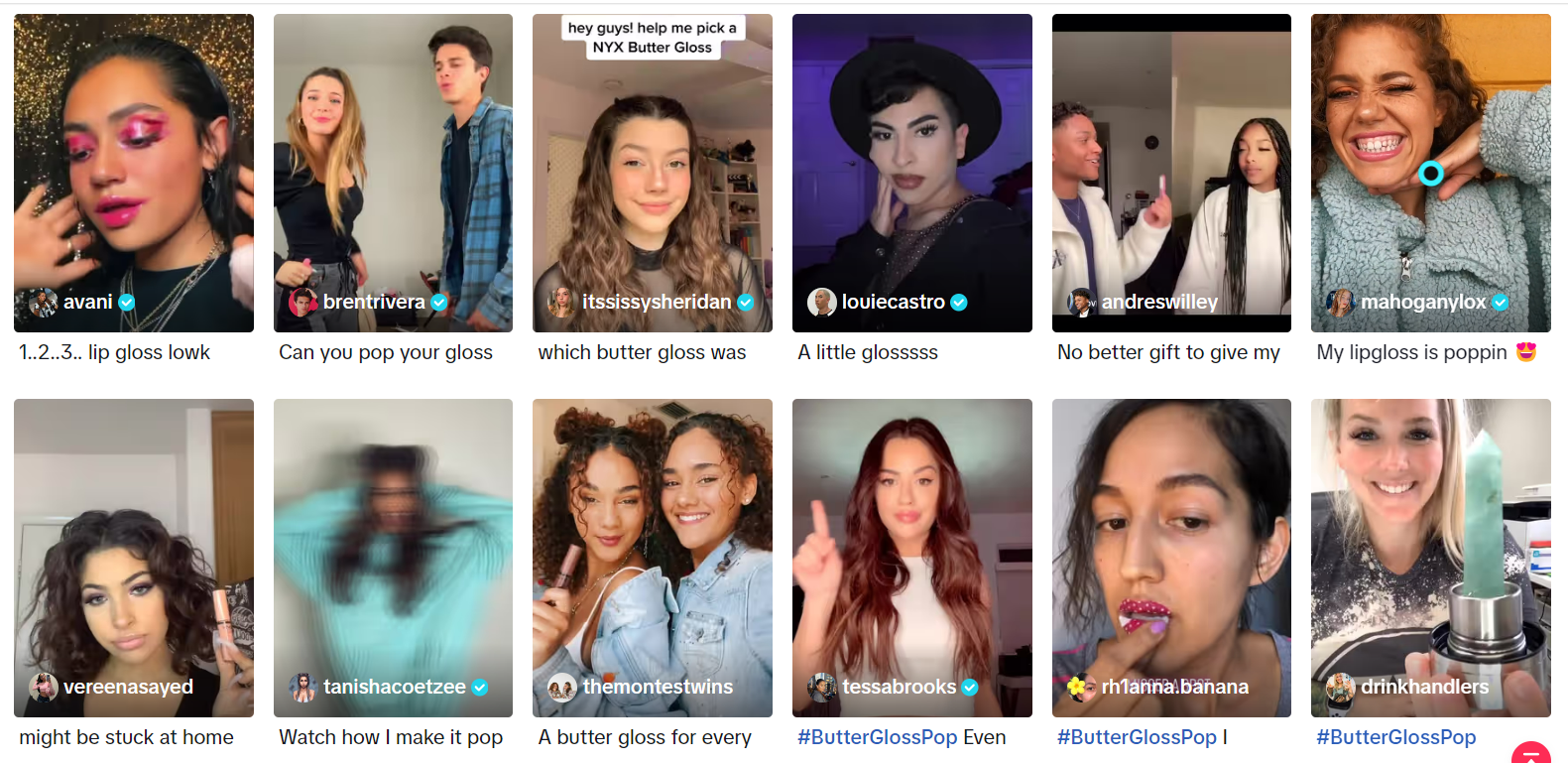
Use Whop Content Rewards to run creator-friendly campaigns without blowing your ad budget.
It lets you pay everyday fans for posting, and only once the content performs – if they don’t get the views, you don’t need to pay.
7. Use UGC across touchpoints
Don’t stop at social. Use UGC in emails, on product pages, and even in paid ads.
UGC on product pages: The renowned furniture brand Article does this to show how other customers style their products in a real-life setting.
Seeing high-quality lifestyle imagery is one thing, but seeing the product in other people’s homes brings a different level of inspiration – and that might be just what a consumer needs to make a decision.
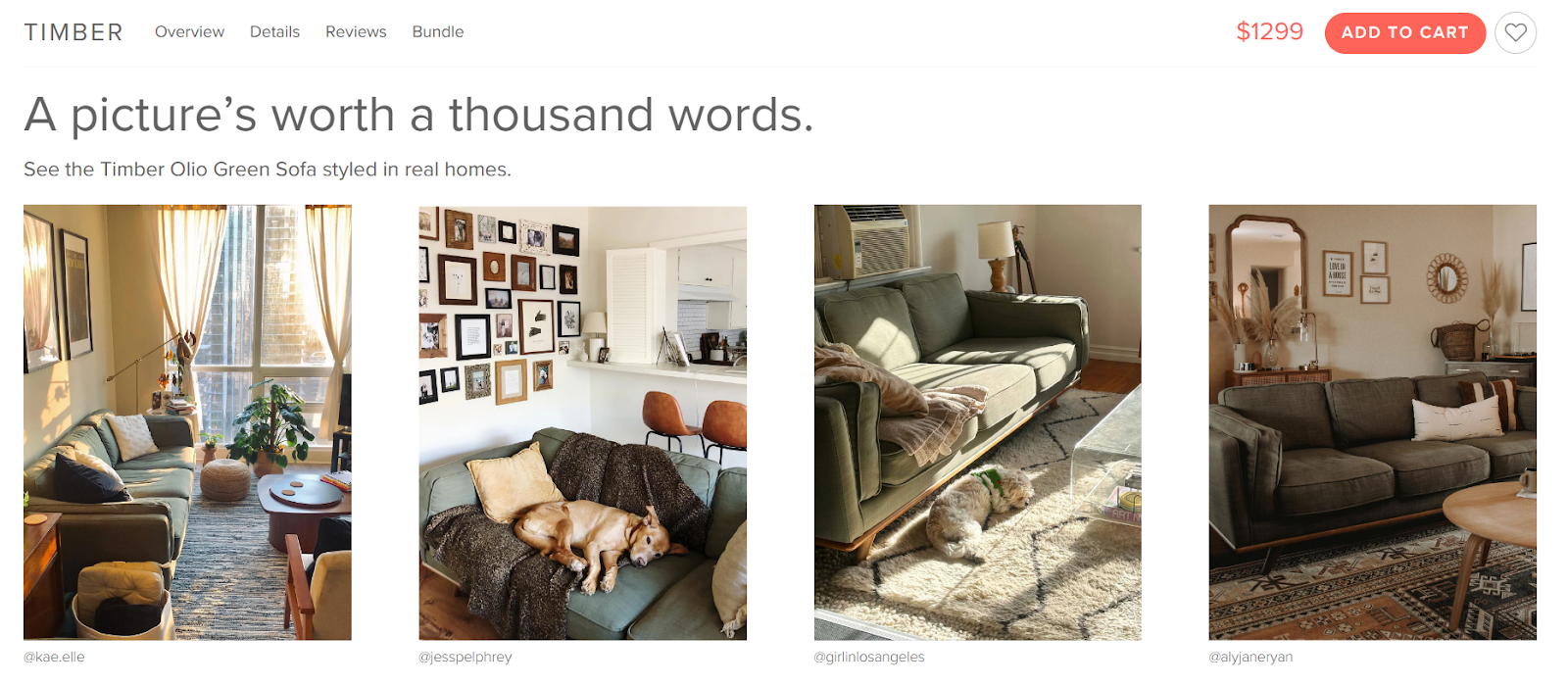
UGC in email marketing: If you want to stand out in a crowded inbox, you have to spice things up. And thats where UGC can help.
By including customer photos and reviews of your products in your emails, you can create familiarity and a sense of connection.
Outer uses this approach to share customers feedback and persuade email subscribers to check out top-rated products.
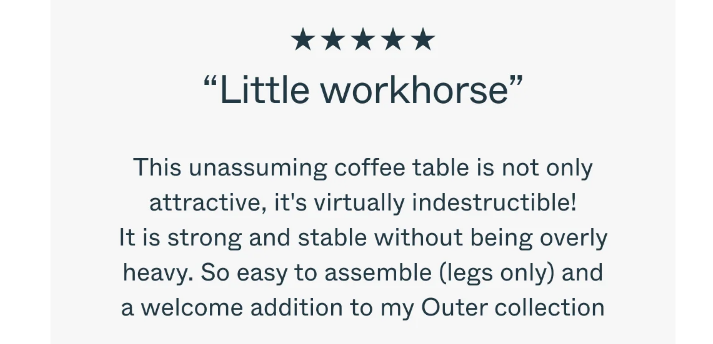
UGC on social media: Using UGC on social media is much more than reposting content on your brand accounts. It requires careful planning and having a UGC strategy in place that aligns with your overall social media strategy.
Glossier built its whole brand by turning its community into its content team. The beauty brand constantly reposts UGC from its lively community: product reviews, makeup looks, and skincare routines.
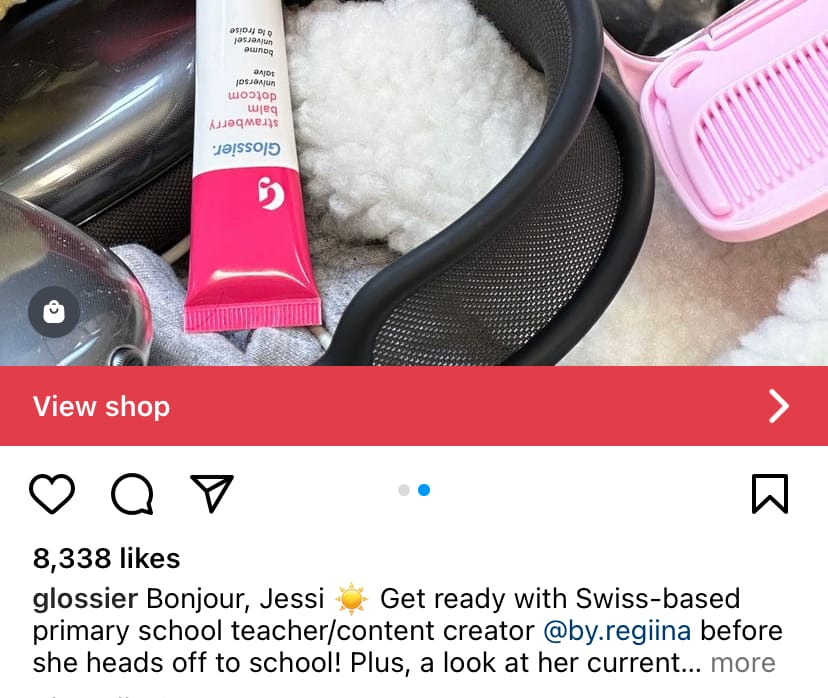
8. Build a strong community
The best UGC comes from people who feel like they’re a part of your world.
So build that world for them. It could be a whop, Discord, an Instagram community chat, or a Facebook group.
Sephora’s Beauty Insider Community is a space where members can ask questions, join challenges, and get recommendations from a community of like-minded individuals.

You can encourage members to share stories, tips, and insights, and contribute their experiences.
This can be a great way to generate UGC from your community that you can later repurpose on other platforms.
Building a community can also be a great strategy for content creators who want to generate more reviews and testimonials.
9. Use CTAs strategically
One of the most important elements of a successful UGC campaign is having a clear call to action (CTA).
Whether your goal is to encourage content creation, increase participation, drive website traffic, or boost sales, your CTAs should guide users to take the desired action.
If you want people to share, just ask them with a clear CTA.
How? Try some of these examples:
- “Tag us in your unboxing!”
- “Join the challenge by Friday”
- “Post and submit for a chance to earn through Content Rewards”
Set expectations, create urgency, and show what’s in it for them.
10. Monitor performance
Monitor your brand’s UGC and amplify the best content by sharing it across your social media channels, website, and other platforms.
You can measure the success of your UGC campaign by tracking metrics such as engagement, reach, the number of user-generated content submissions, website traffic, and sales.
Look at what works, and double down on it.
Start creating UGC today (even if you're just starting out) with Whop
User-generated content isn’t just about content - it’s about connection and credibility.
And with Content Rewards on Whop, neither you nor your UGC creators need a huge audience to start tapping into it.
Content rewards is a pay-per-performance model that lets you reward creators when their content drives real results, like clicks, conversions, or sales.
That means you only pay when the content performs.
Whether you’re launching a new store, building a personal brand, or running an established business, content rewards help you turn UGC creators into your marketing engine.
Whop makes it easy to get started. Create a branded whop and launch your campaign within minutes.
Social media creators, personal brands, ecommerce newbies, and seasoned store owners, we’re talking to you. Launch your UGC campaign with Whop today.


